NOV 25, 2021, THURSDAY:
SUMMARY: checked out of Selcuk hotel, and drove to Pamukkale, visiting Aphrodisias on the way... lovely ruins once again
APHRODISIAS
Aphrodisias, the City of Aphrodite, Goddess of Love, about two hours east of Selçuk (Ephesus) and 2.5 hours west of Pamukkale is one of the Aegean region‘s most interesting archeological sites.
Aphrodisias is best seen on the way to or from Pamukkale. For example, you might drive from Selçuk(Ephesus) or Kusadasi eastward up the Meander valley for about two hours, turn south at Nazilli, and proceed via Karacasu to Geyre, the village next to the site.
After touring the museum and exploring the ruins at Aphrodisias, continue eastward to Pamukkale,
We had been parking our car right in front of our hotel. So packed our bags in the boot, the lovely lady of the hotel gave us a small lucky charm!
We drove on. When we neared the site, a guy had blocked the road with his car and was collecting parking fee. Quite weird because there is no parking fee in most sites, only the museum entry and if at all there is parking fee, it's collected at the site, there are boards with the rate as well.
The ruins had a garden with some sarcophagi.
Nestled in the broad, fertile Meander River valley, this city has been here for millennia. At its heart is an acropolis on a hill formed of the detritus of settlements dating back at least to the Early Bronze Age (as old as 2800 BC). [the Meander River (Menderes Nehri in Turkish) is where we get the English word meander, meaning “to follow a winding course.”]
By the 8th century BC, Aphrodisias was famous as the City of Aphrodite, and pilgrims came to pay homage to the Goddess of Love at her temple. The goddess was called Venus by the Romans, and it’s easy to imagine ancient fertility rites such as the belly dance being performed in her temple here.
With the coming of Christianity her temple, site of who knows what other rites in worship of love, was converted into a chaste church.
Without the flow of pilgrim money the city declined. In 1402 the fledgling Ottoman Empire and Aphrodisias were attacked by Tamerlane. The empire recovered. This city did not.
Today the ruins, set amid fertile fields of cotton and groves of spindly cypresses, include an elaborate Tetrapylon, or monumental gate , the foundations of the Temple of Aphrodite, the Christian bishop’s palace, a beautiful marble odeon (small theater) in excellent condition, and a stadium still capable of seating nearly its original capacity of 30,000 spectators.
The white marble theater built into the side of the acropolis is also in excellent condition:
Next to it is a colonnaded palaestra, or playing field, and the great Portico of Tiberius.
Aphrodisias had a famous sculpture academy in Roman times, probably because of the high-grade marble quarried only a few kilometers away at Babadağ.
After the site we visited the lovely museum...
MUSEUM
Aphrodite...
APHRODITE...
We confirmed that it's better to take the highway, then drove on toward Pamukkale.
Checked in to our hotel
Haciely Thermal apartments
Report continues herehttps://adventuretrav.blogspot.com/2022/01/turkey-trip-report-day-16-pamukkale.html














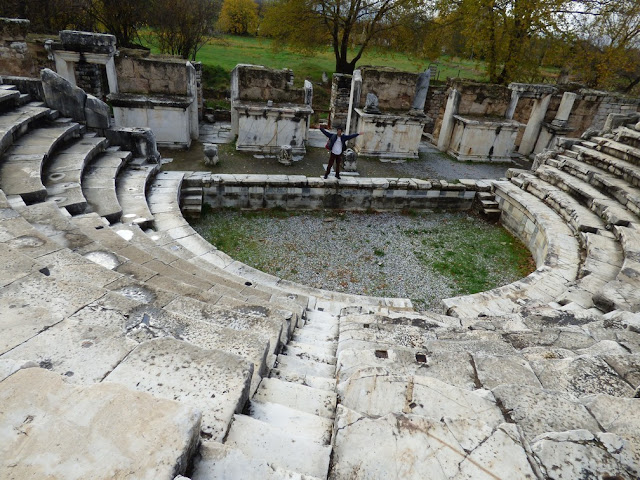




















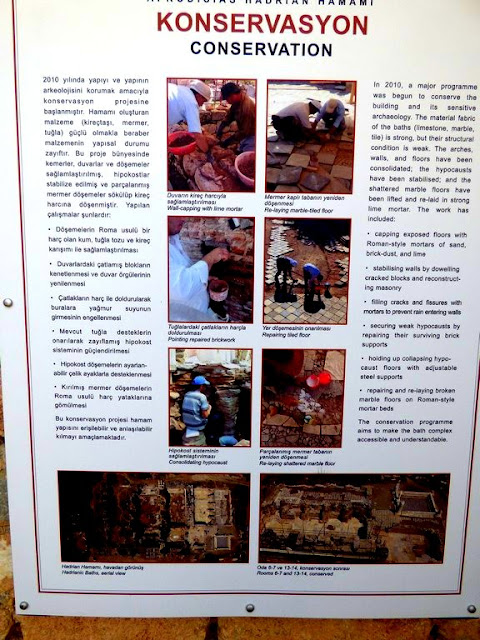































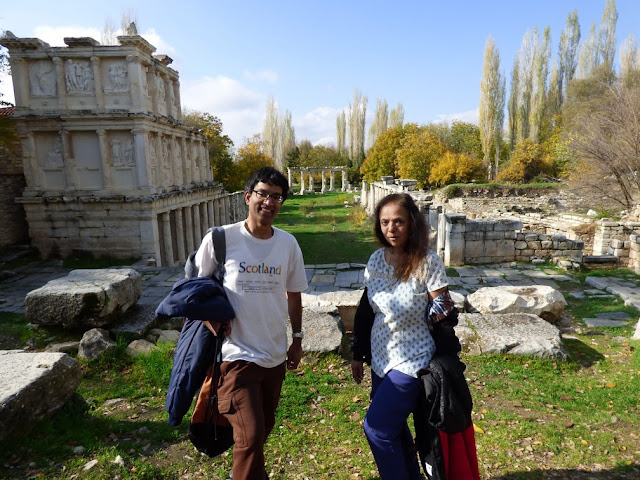














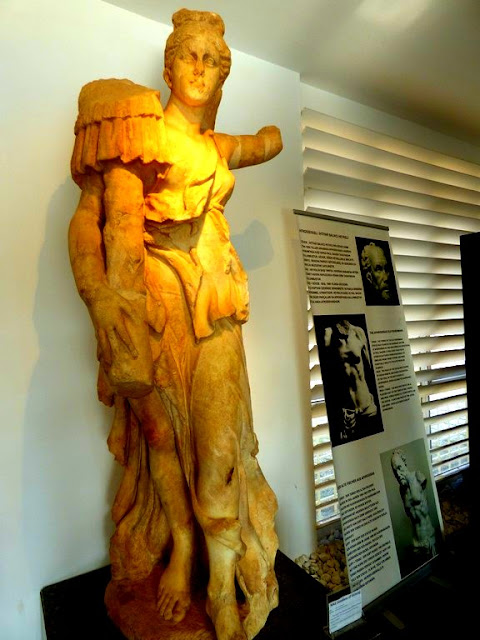

































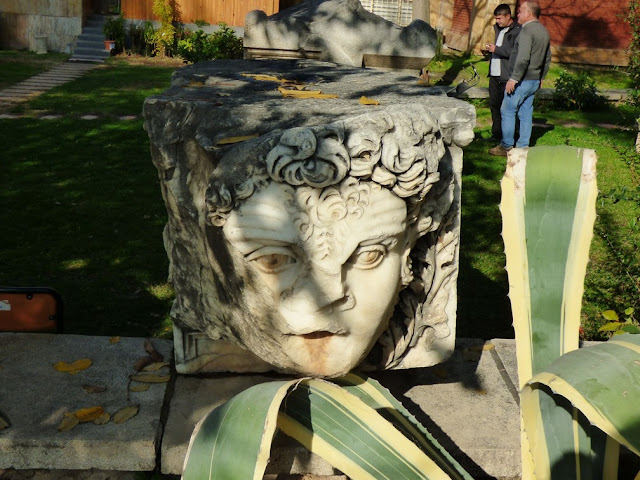














No comments:
Post a Comment